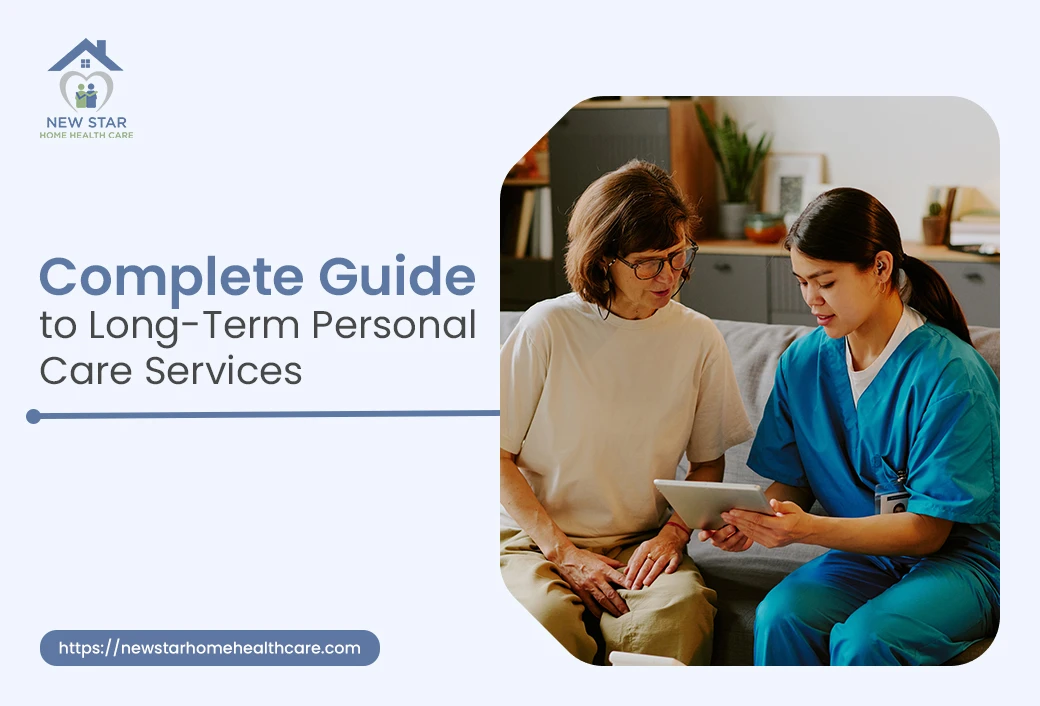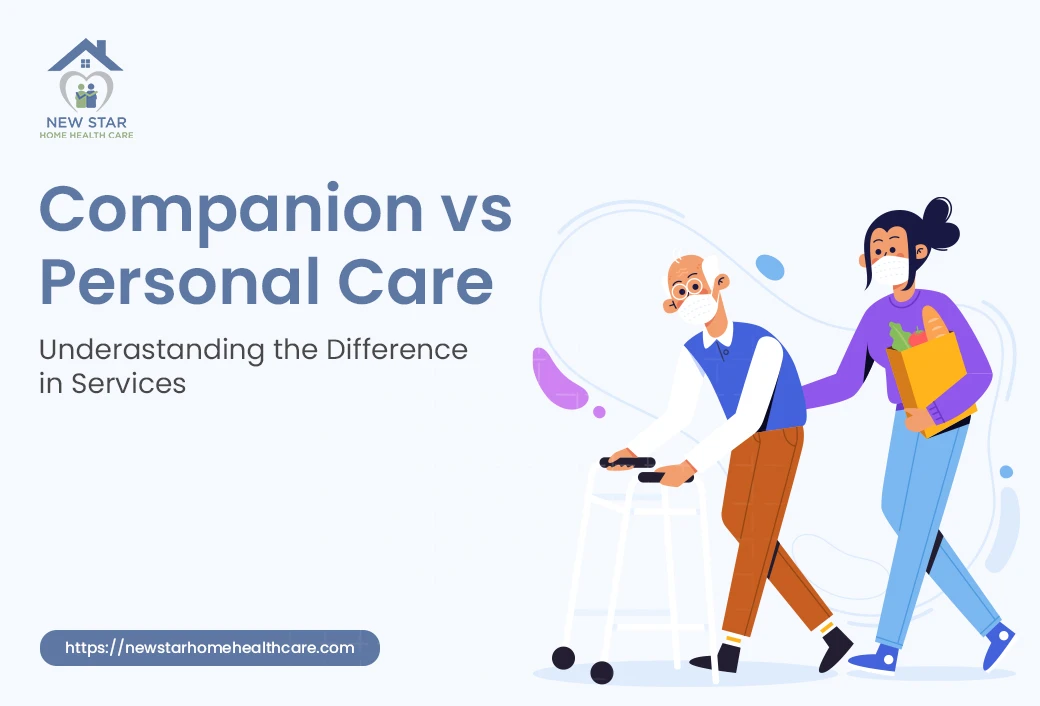Aging or living with a chronic illness is usually a time when people change their outlook on life. In addition, it creates difficulties, especially in handling everyday life. The assistance of long-term personal care services is one of the solutions. They provide essential help to empower individuals and experience a good quality of life. In this all-inclusive guide, we will draw attention to these services. We will also look at their users, the types of services, and the planning of these services.
What Are Long-Term Personal Care Services?
Long-term personal care services (LT-PCS) are an umbrella term for non-medical support services. A person who is unable to carry out daily activities can use these services as their support. Here, the word “long-term” is crucial. It denotes the continuity of this support, which is not only for the recovery time from an illness or injury.
The focus of these services is on ADLs and IADLs.
Activities of Daily Living (ADLs)
ADLs are the fundamental self-care chores that every individual performs daily. Personal care services for seniors generally cover the provision of help with these tasks. They are as follows:
- Bathing: These include help with showering, washing hair, brushing teeth, and shaving.
- Dressing: This activity includes help with putting on and taking off clothes.
- Washroom Help: This involves assistance with using toilets. It can also help maintain control over the bladder and bowel.
- Eating: This can be supported with self-feeding or food preparation just before the meal.
- Transferring and Mobility: This is helpful for moving from a bed to a chair or walking. This usually involves mobility aids such as canes or walkers.
Instrumental Activities of Daily Living (IADLs)
IADLs are a bit more complicated compared to ADLs. However, they are very significant in terms of independent living. They cover such activities as:
- Meal Preparation: Planning and cooking healthy meals.
- Housekeeping: Assistance with light cleaning, laundry, and keeping the home environment organized.
- Medication Management: Notifications for taking medications and monitoring whether it is taken.
- Shopping and Errands: Carrying out necessary errands like grocery shopping.
Who Needs Personal Care Services?
Usually, personal care services for seniors are considered as those mainly for older people. But one can also be a candidate for such services in case of a chronic illness, a disability, or simply being weak. However, still, the majority of users are aged people.
More and more old people mean the demand for professional elder care services is rising. It is estimated that almost 70% of the population who reach the age of 65 will rely on long-term care services. The services offered ensure that the old people can live in their homes while being safe and happy. They help with the daily routine and keep the connection with the neighborhood.
Where do personal care services take place?
The main factor one has to consider is the right place for the care. The location usually determines the type of service rendered.
1. Personal Care Services at Home (Home Care)
This option is the most preferred one by many. Giving personal care services for seniors at home helps the elderly to stay in comfort. Moreover, it also enables them to exercise their independence more.
- Non-Medical Home Care: Executed by Personal Care Aides (PCAs) or Home Health Aides (HHAs). This senior personal care service mainly deals with ADLs and IADLs.
- Skilled Home Health Care: Conducted by certified nurses or therapists (e.g., physical therapy). This is usually a short-term service, but long-term coordination might be possible.
2. Residential Care Facilities
Residential arrangements are suitable for those who need highly organized or round-the-clock assistance.
- Assisted Living Facilities: These places offer accommodation and meals, and social activities. They provide personal care services at home with all accommodations. Moreover, they allow the use of personal care services. Generally, residents have their own apartments. The assistance provided includes dressing and keeping track of medication, among other things. However, these facilities are intended for those who need daily support, not skilled medical care.
- Nursing Homes: These places provide the highest level of care outside the hospital. They offer nursing and medical monitoring along with total personal care for 24 hours a day. This category is usually for patients with complex medical needs.
3. Community-Based Care
The support services are given outside the house or care facility. They are important for daily assistance and social interaction.
- Adult Day Care Centers: The centers provide a safe and loving atmosphere during the day. The daytime services include meals, social activities, and limited personal care services. This is the time when family caregivers can take a respite.
Planning and Funding Your Care
Long-term personal care services should, by all means, be planned for. The best time to start is long before you actually need them.
Step 1: Assess Needs and Preferences
First, carry out a sincere evaluation of the person concerned’s abilities. Assess how much help is needed with (ADLs) and (IADLs). Take into account the interpersonal likes and dislikes.
Step 2: Explore Funding Options
The cost of long-term care is prohibitive. Thus, it is vital to map out in advance where your payment will come from. Never assume that health insurance will be the one to pay for it.
- Medicare: This program normally does not pay for long-term personal care. It only pays for short-term skilled care or rehabilitation.
- Medicaid: This government program pays for the long-term care of low-income individuals. The eligibility requirements can be rather complicated. Those who apply are often asked to “spend down” their assets.
- Long-Term Care Insurance: This is a private insurance policy designed for this purpose. It takes care of an array of long-term care services such as home and facility care. The premiums are based on your age and health status when the policy is taken out.
- Personal Savings: People resort to their savings to cover medical costs.
Step 3: Legal and Financial Preparation
Making legal documents is proof that your wishes will be observed. Additionally, it guarantees that your affairs will be handled by a trustworthy person in case you become incapable of doing so. A person may be designated by you to make medical decisions on your behalf in case you are not able to do so.
Final Reflections
In a nutshell, the first step to peace of mind is knowing your options for long-term personal care services. Wherever you choose to live, planning ahead will guarantee your right to excellent personal care services for the elderly. Talk about it and create your support system. It’s a future investment in your wellness and autonomy.

